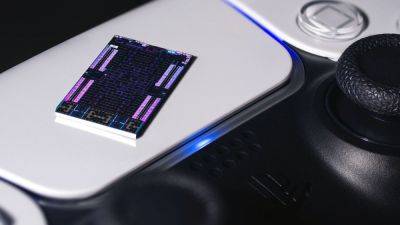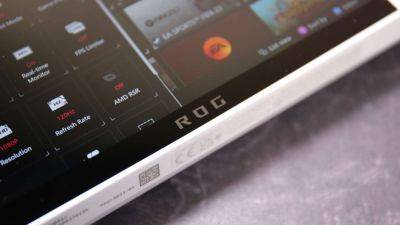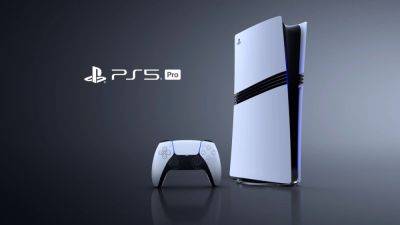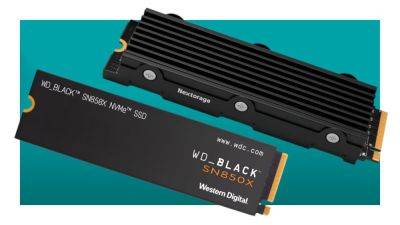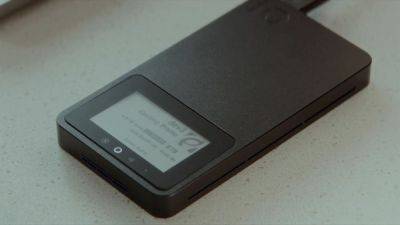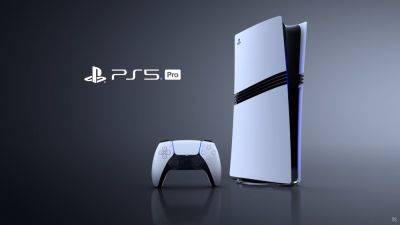The PS5 Pro is the most powerful games consoles ever released, but at $700 PC gaming has nothing to worry about
It was billed as merely being a 'Sony technical presentation' focusing on the PlayStation 5 and «innovations in gaming technology,» but with all the rumours building up over the months, we all knew what it was going to be about and it didn't disappoint. Mark Cerny, the lead architect of the PS5, spent 10 minutes spilling some of the details about the PS5 Pro.
Front and center in the updated console is a new custom APU, designed by AMD and Sony, and manufactured by TSMC. The CPU part of the chip is still the same eight-core, 16-thread Zen 2 design, as having a much more powerful CPU messes up current and backward compatibility, so nobody was expecting any changes there.
However, big things were expected of the GPU and true to the rumours, it's a much beefier affair. Where the PlayStation 5 has an RDNA 2-based graphics processor, with 36 compute units and 16 GB of 14 Gbps GDDR6, the Pro wades in with 60 compute units (almost certainly RDNA 3-based) and 18 Gbps GDDR6. Exact clock speeds haven't been announced yet but given the size of the chip, they're likely to be a bit lower.
Along with the normal RDNA 3 features, the PS5 Pro GPU also has improved ray tracing units (Cerny said «two or three times faster» but take that with a pinch of salt) and then there's PlayStation Spectral Super Resolution Upscaling (PSSR), which is an AI-accelerated upscaler, akin to DLSS and XeSS. Earlier rumours also claimed the new GPU has full hardware support for mesh shaders and variable rate shading, making the chip on par with today's PC graphics cards.
Taking all of that on board, one is clearly left with a serious powerful games console. Those 60 compute units might not be clocked as high as the 60 in the Radeon RX 7800 XT but it's one heck of an increase over the original PS5. However, I don't think there will be any L3 Infinity Cache to ease the load on the VRAM, so that modest increase in memory bandwidth is going to be quite a performance limit in some cases. For sheer compute


